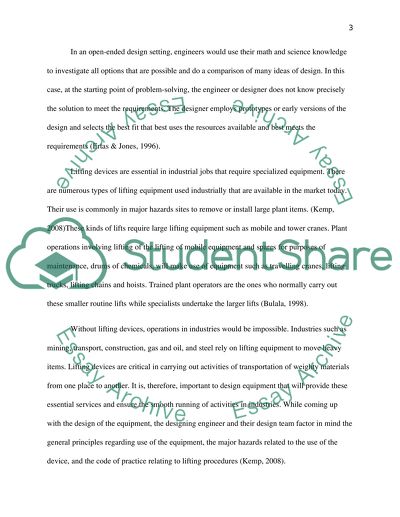Cite this document
(“Discuss how the engineering design process works for a mechanical Essay”, n.d.)
Retrieved de https://studentshare.org/design-technology/1466117-discuss-how-the-engineering-design-process-works
Retrieved de https://studentshare.org/design-technology/1466117-discuss-how-the-engineering-design-process-works
(Discuss How the Engineering Design Process Works for a Mechanical Essay)
https://studentshare.org/design-technology/1466117-discuss-how-the-engineering-design-process-works.
https://studentshare.org/design-technology/1466117-discuss-how-the-engineering-design-process-works.
“Discuss How the Engineering Design Process Works for a Mechanical Essay”, n.d. https://studentshare.org/design-technology/1466117-discuss-how-the-engineering-design-process-works.


